The interview with the Second Front members were exciting and inspirational. They have set me thinking about performance art and their approach or opinions on it. It is so fascinating to see them getting so excited when they crash the internet. Usually when the internet crashes, people start to panic and try to fix the problem asap. Through their reaction, it made me think through how I could approach the similar matter if my internet crashes or lost of internet connectivity instead of getting all panic.
Second Front based their experience in theatre performances into the virtual space where they could do anything. In the world of possibilities, many may feel that Second Life would be more interesting since they could go wild in whatever they do as compared with their First Life or personal life. The audiences they have are actively participating in the performance they create however in some instances, they target passive-in-world audiences. It is interesting that having been around for many years, their audiences are still highly active. The link shows the amount of audiences that have participated/ watch their performances.
https://arstechnica.com/gaming/2017/10/returning-to-second-life/
“Imagination is the only limitations towards performance.”
Bibbe Hansen
It is interesting that they feel the only thing limiting their performance is their imagination mentioned by Bibbe Hansen. Usually we see our surroundings or environment as our limitations but drawing the fact that imagination is the factor. I guess in their case the need to have limitless imagination is the key to constantly create interesting performances.
“Based on what happens…”
Patrick Lichty
Their works are mainly based on happenings where they played with identities. Second Front steal their audiences identities or making the participants as an avatar without them knowing. In such cases, some are scripted while others are not. It brings the question as to when they decide when it is scripted and when it should be spontaneous. They agree that it depends on the intention of the artist and director, what they want to portray on and their targeted audiences. For Grand Theft Avatar it is a heavily scripted narrative whereas Summer of Love 2.0 and Car Bibbe is spontaneous since the focus is on happenings and events.
“As technology evolves without any boundaries… rewiring our brain in technology” is what Liz Solo mentioned in the interview with Second Front. It seems they are progressing further in their experimentations with incorporating various technology with their performance just as Patrick Lichty said. It is interesting that they are already using various platforms, google docs, odyssey art and performance simulator to create their performance personally or for audience. The exploration of world based performance to virtual space is happening currently in their works now.
“Connected with others using tools, immersive, digital culture with 2 foot in”
Doug Jarvis
Collaboration is a huge factor in their performance. Doug Jarvis mentioned in the interview where connecting with other enables him to interact with people all over the world. Since Second Front members are located all over the world, it makes sense that the digital platform is needed for collaborative work. Just as Kit Galloway and Sherrie Rabinowitz, creators of Hole in Space mentioned that “…create a performance place with no geographical boundaries…” and here Second Front is also demonstrating the same fact. Just as Hole in Space interacts with the audiences through the use of first and second space creating a third space, Second Front also interacts with their audiences in the same manner.
Overall, the interview with the Second Front members created lots of thinking and made me think of how many times I wanted to separate the virtual and reality. At the same time both realms also portrays me just through a different manner. When performance art push the boundaries, the bodily aspect is not always necessary but the emotions that we have can also be portrayed through an avatar too. I wish that one day I could collaborate with the Second Front members which I could learn from them their performance art vision.
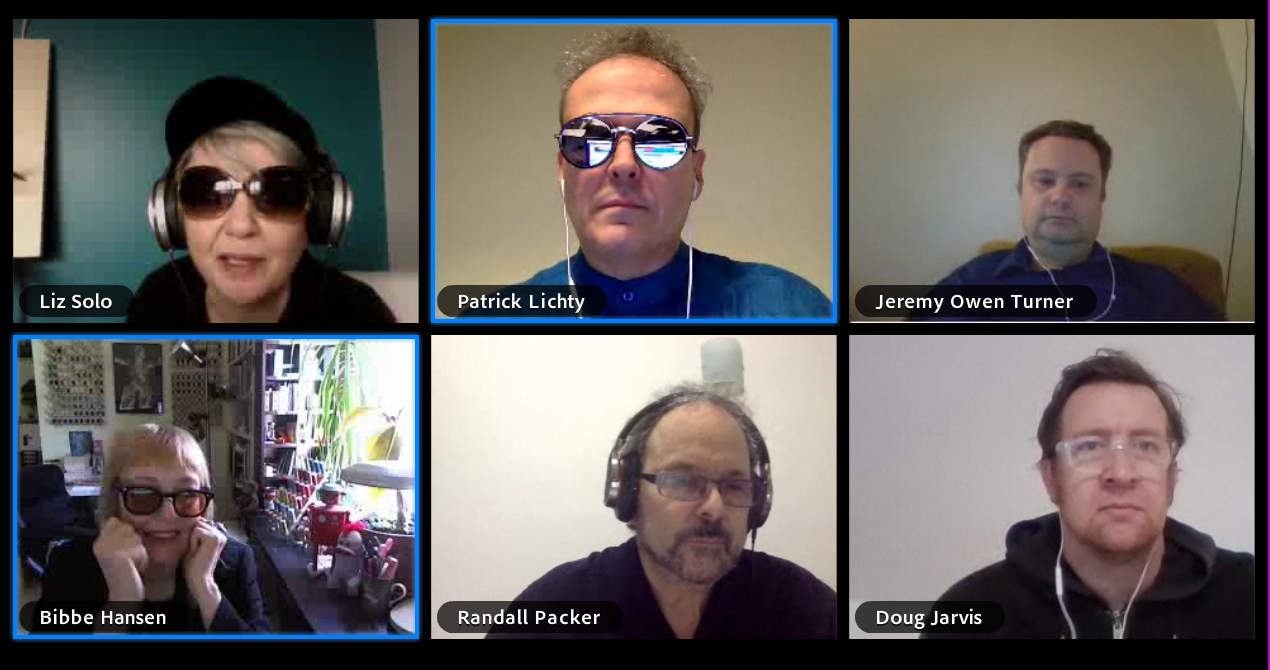
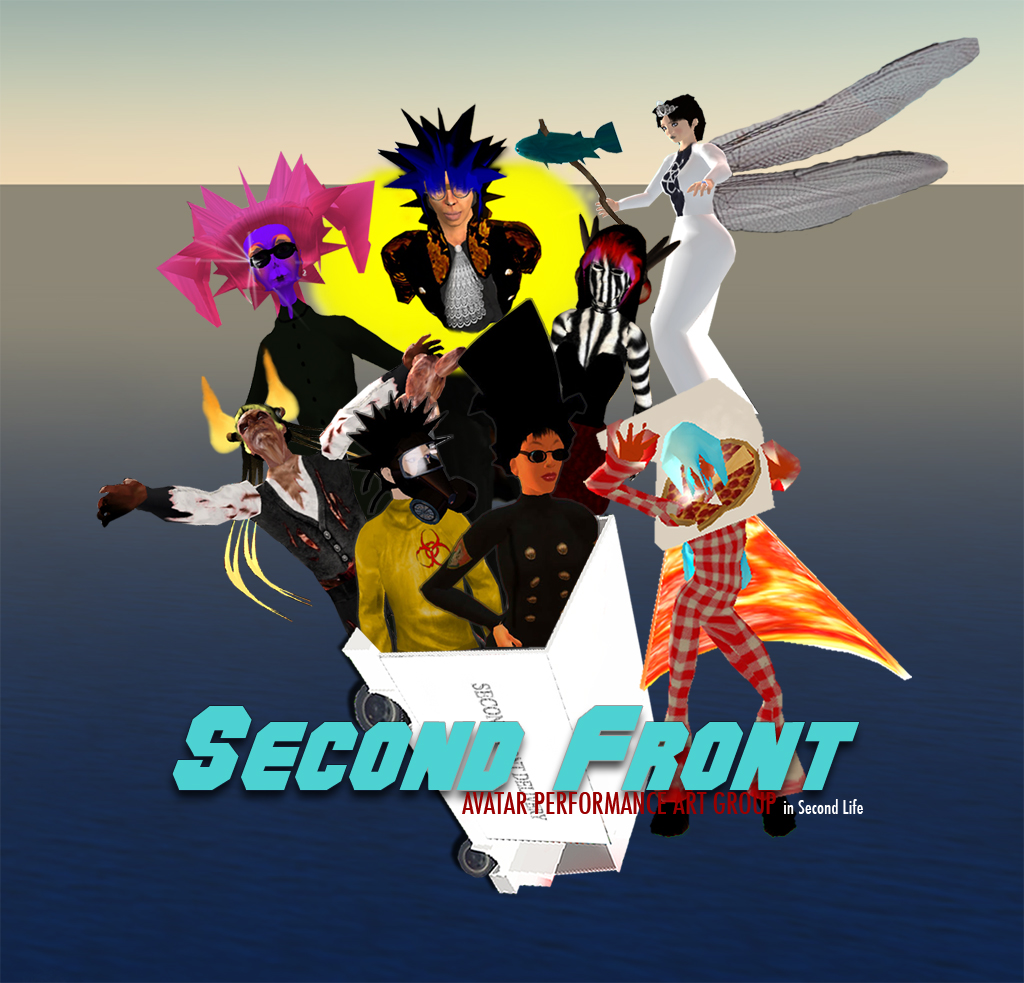





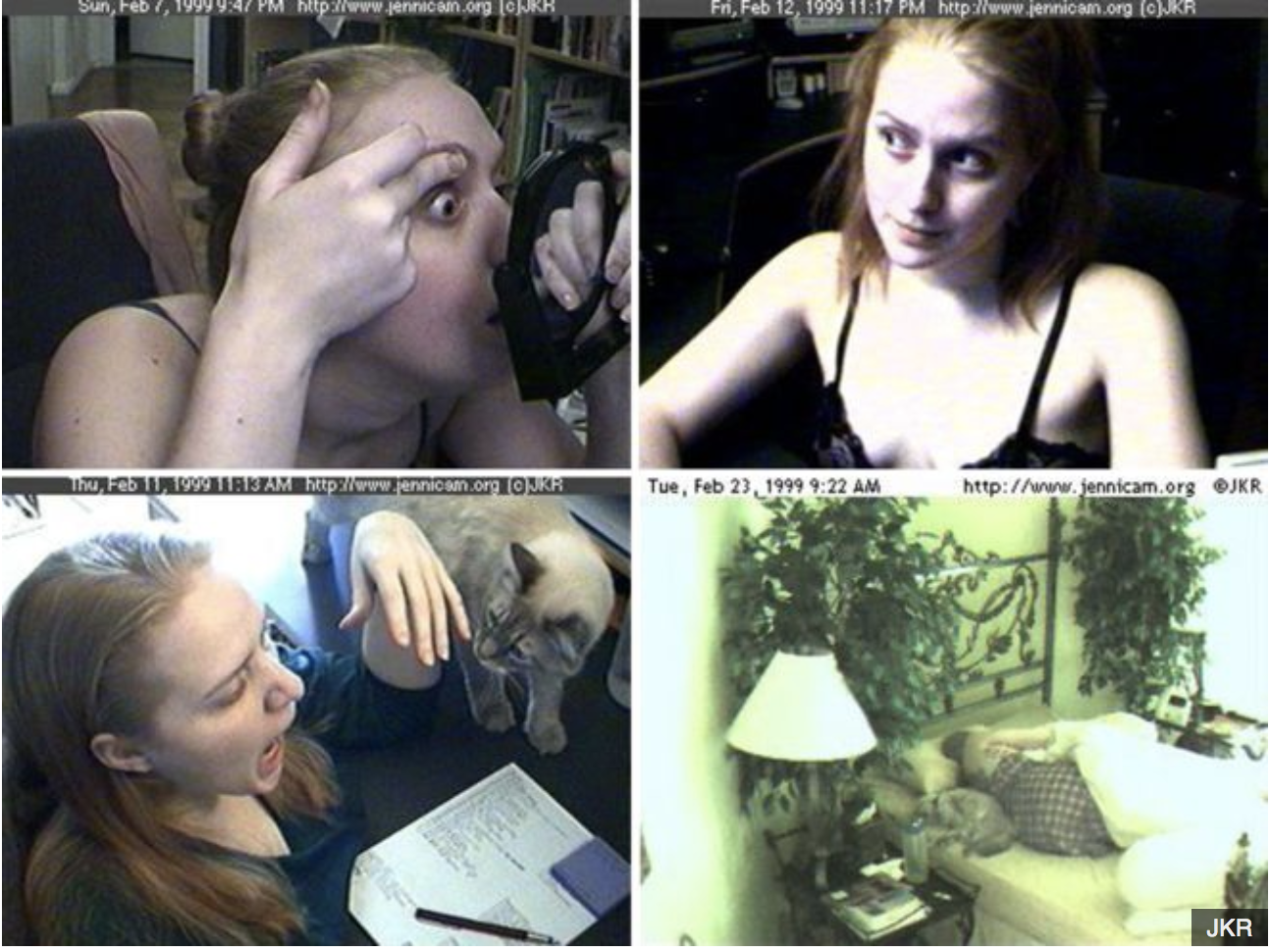
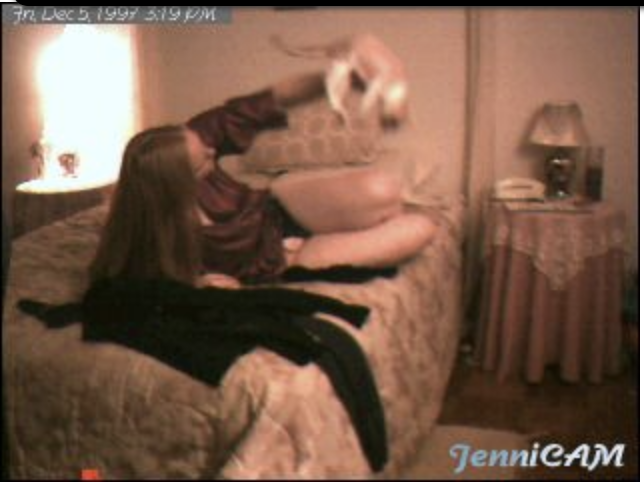
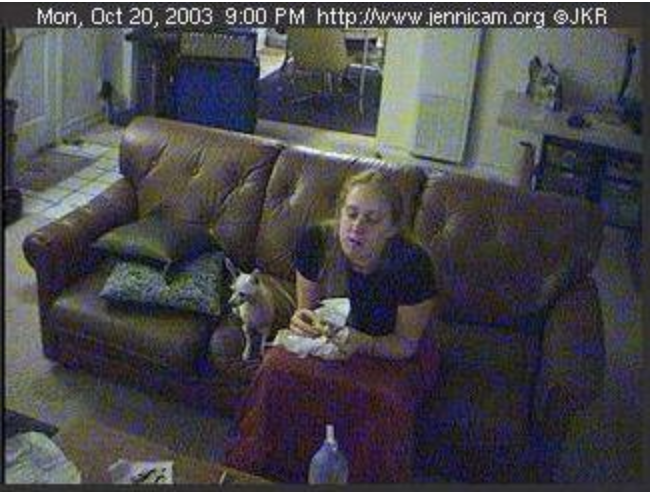
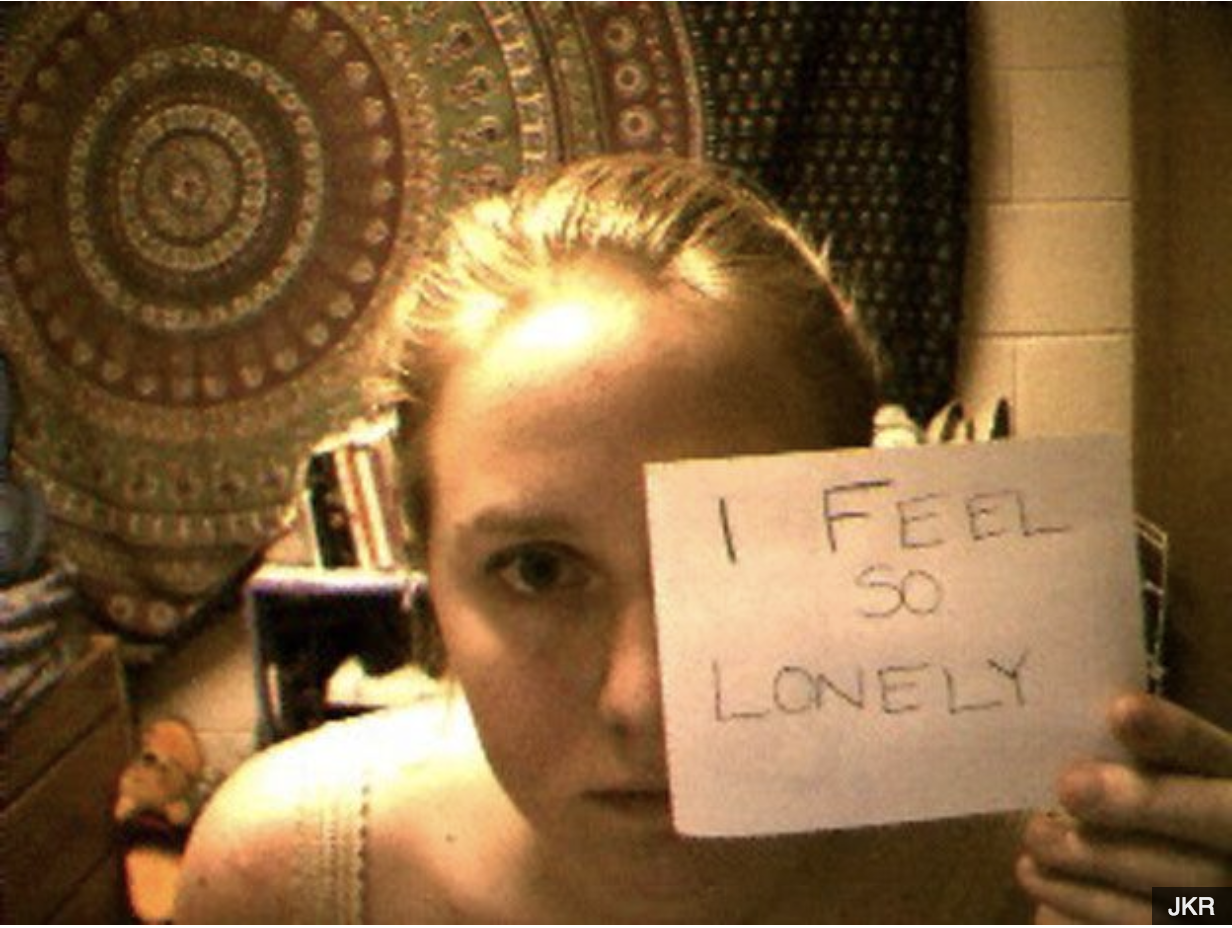













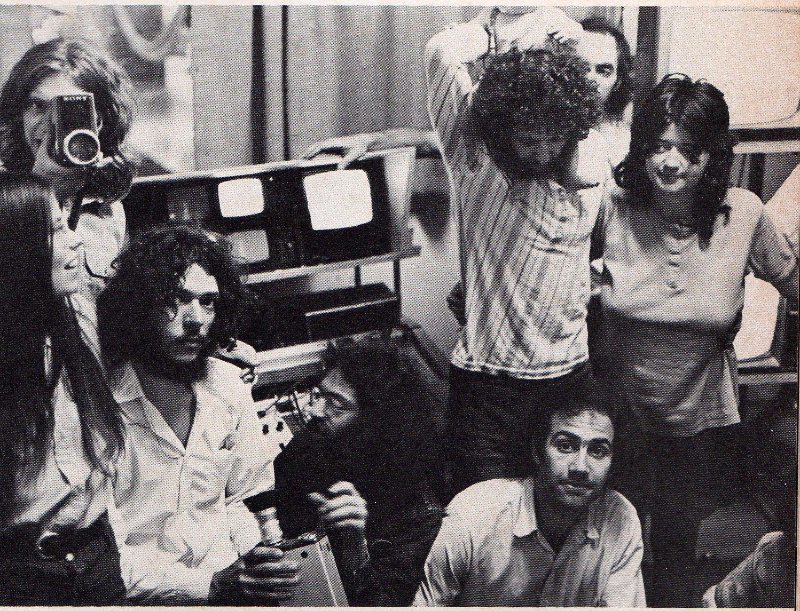

Recent Comments